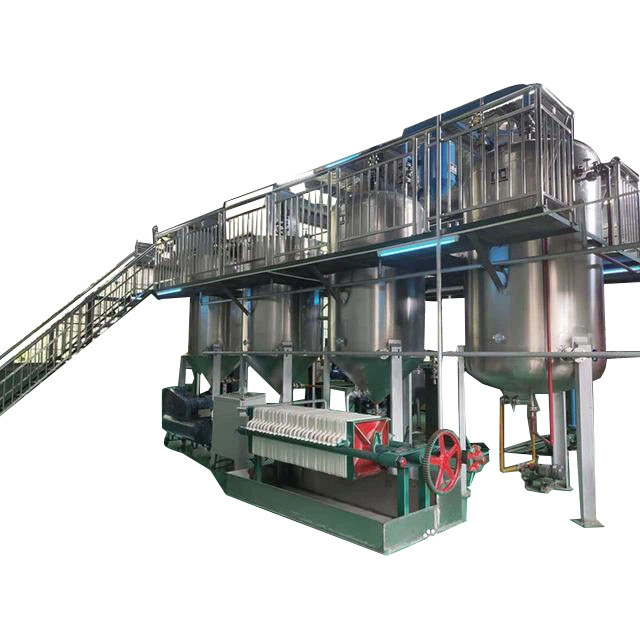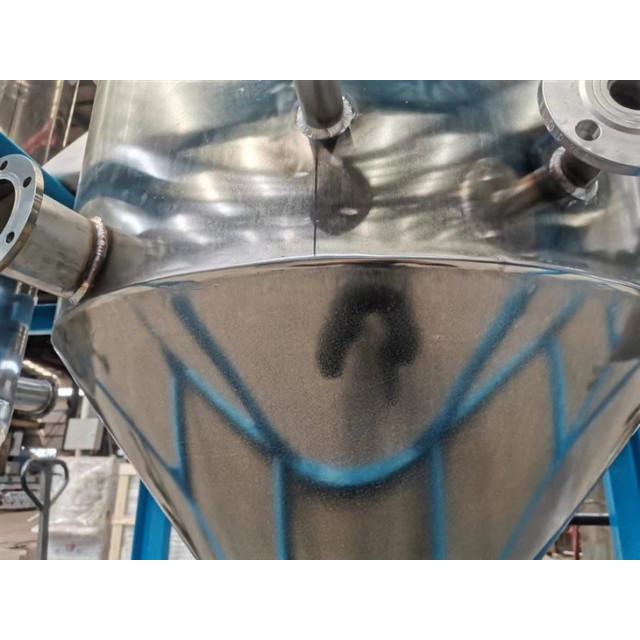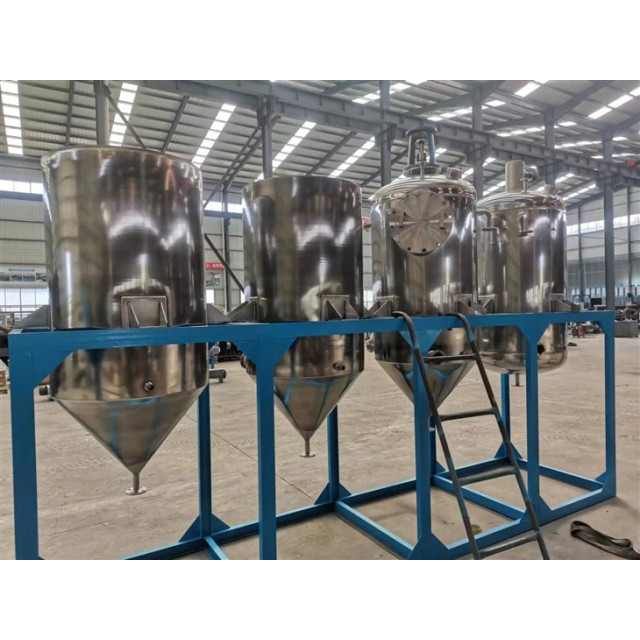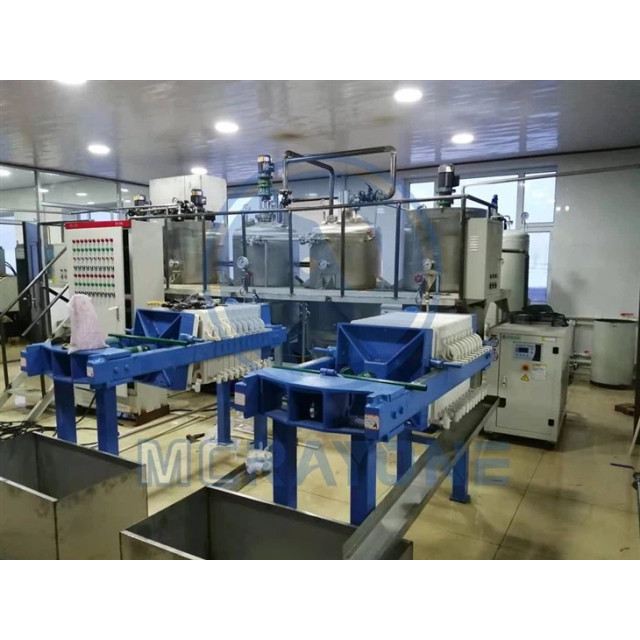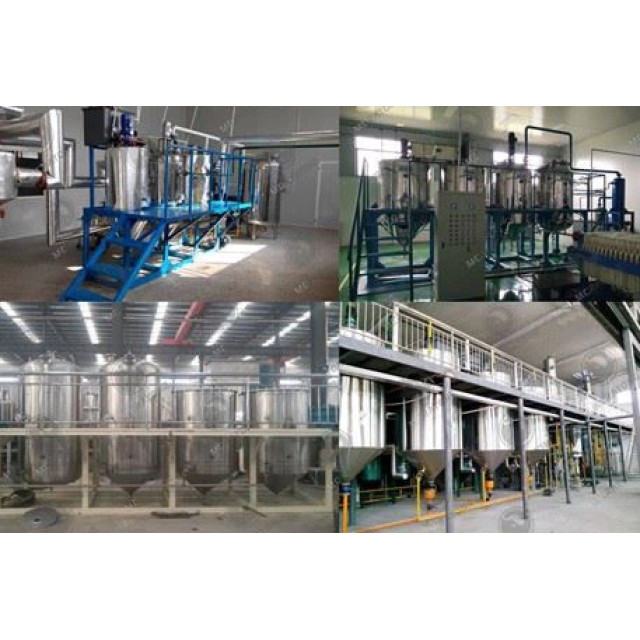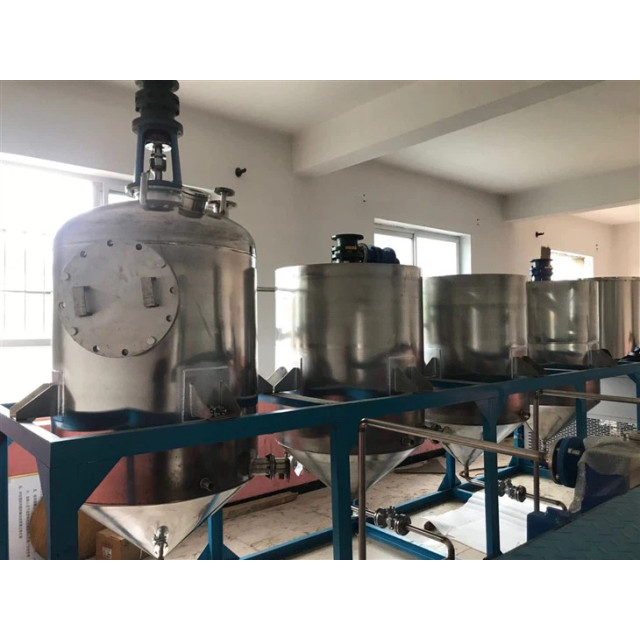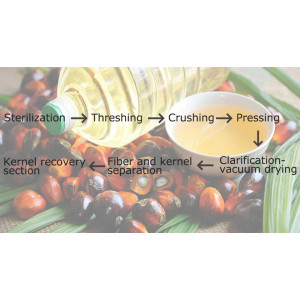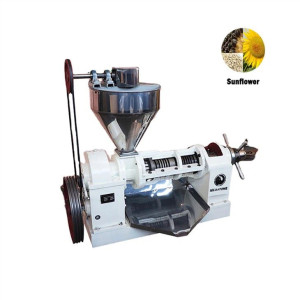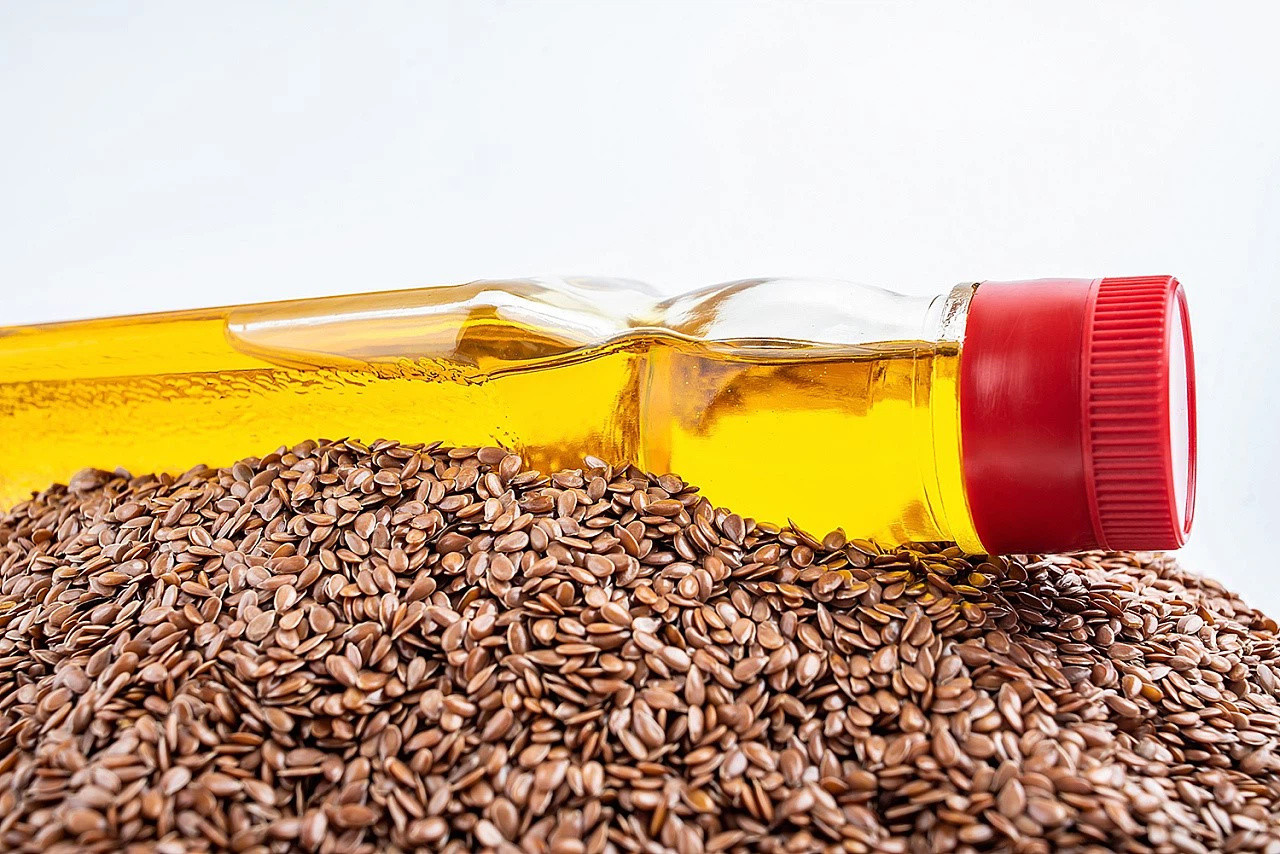 1. Degreasing: Degreasing involves eliminating emulsified contaminants including phospholipids, resins, proteins, sugars, and trace metals in crude oil. It is usually done via hydration, acid refining, or enzymatic degreasing.
1. Degreasing: Degreasing involves eliminating emulsified contaminants including phospholipids, resins, proteins, sugars, and trace metals in crude oil. It is usually done via hydration, acid refining, or enzymatic degreasing.
2. Alkali refining neutralization: Alkali refining neutralization employs the use of alkaline solutions to eliminate free fatty acids, acidic pigments, sulfides, and trace metals found in oil that could be harmful to humans.
3. Water rinsing: It involves getting rid of saponins and water-soluble impurities that may remain in oil after alkali refining.
4. Dehydration: This involves heating and vacuum drying the refined oil to remove any water present.
5. Discoloration: Various pigments, colloids, and oxides present in oil can be eliminated by using adsorbents like activated clay, aluminum silicate, activated carbon, among others.
6. Deodorization or physical purification: Vacuum stripping is used to eliminate low molecular odor compound, FFA, monoglyceride, diglyceride, sulfide, and thermal decomposition products of pigments in oil, while the aim of physical refinement is mainly to remove FFA.
7. Wax removal or degreasing: The central purpose is to eliminate wax or solid fat in oil by cooling, crystallization, or winterization crystallization, and fractionation.
8. Precision filtration: Suitable filtration equipment is employed to eliminate solid particles present in crude oil, clay present in decolorized oil, and catalysts present in hydrogenated oil to guarantee the quality and transparency of oil.
The above are the nine steps for refining first-grade linseed oil. The linseed oil refining equipment has strong applicability. In addition to refining linseed oil, a set of refining equipment can also refine more than ten kinds of oil such as peanut oil, rapeseed oil, walnut oil, soybean oil, etc. Refining multiple varieties of oil can increase the profit of oil factories.
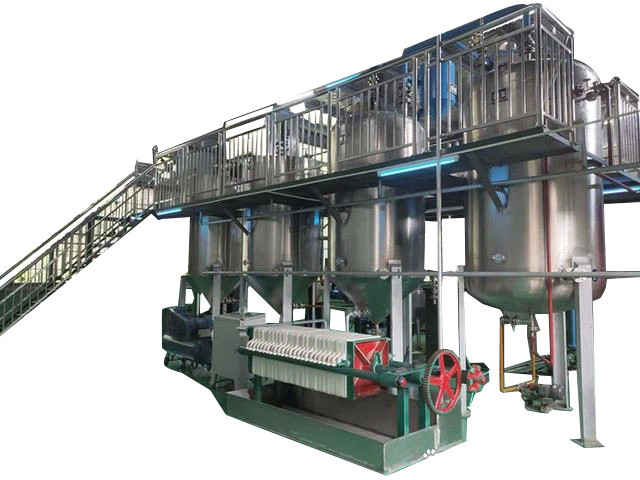
|
Capacity |
Tanks |
Volume |
|
500kg/day |
2 |
200kg |
|
1T/day |
4 |
200kg |
|
1.5T/day |
4 |
500kg |
|
3T/day |
4 |
1T |
|
6T/day |
4 |
2T |
|
9T/day |
4 |
3T |
|
10T/day |
4 |
5T |
Benefits of flaxseed oil:
1. Flaxseed oil is different from ordinary oils, it can help people lose weight.
Because it contains a relatively special fatty acid omega-3, this fatty acid can protect the heart, and at the same time control people's appetite, avoid fat accumulation, slow down the speed of food digestion, and make food stay in the stomach for a longer time. This can effectively increase the body's satiety and control people's appetite. It will not form fat like ordinary oils, which is an additional benefit for the painful stage of weight loss.
2. Suppress allergic reactions
Allergies are actually a terrible thing, because severe allergic symptoms can lead to shock and even death.
Flaxseed oil has a relatively obvious inhibitory effect on allergic reactions. The α-linolenic acid in linseed oil can inhibit the activity of platelet active factors. The active factor activity is one of the main causes of allergies, so when an allergic reaction occurs, you can eat an appropriate amount of linseed oil to suppress allergic reactions and avoid life-threatening reactions.
3. Beauty and skin care
Long-term use of linseed oil can effectively relieve people's stress, alleviate many difficult-to-relieve diseases, and make people more energetic. In this case, people's skin condition will improve.



